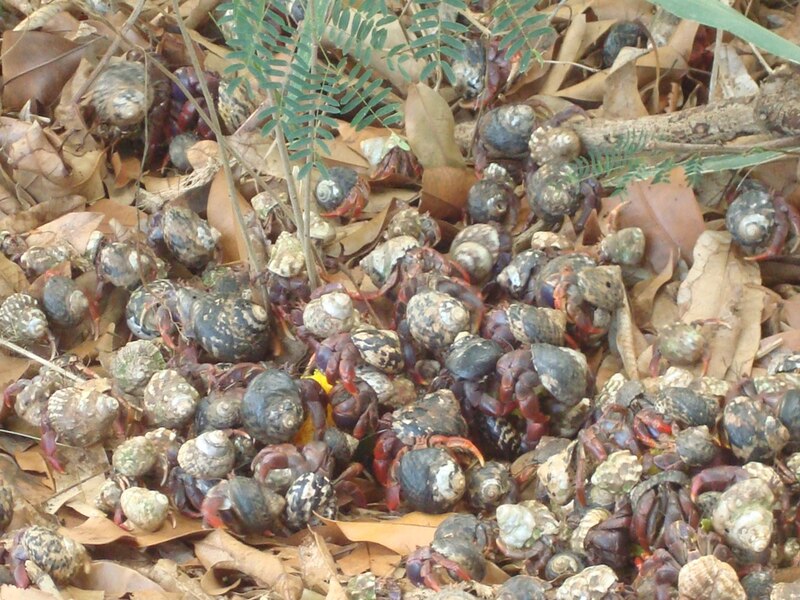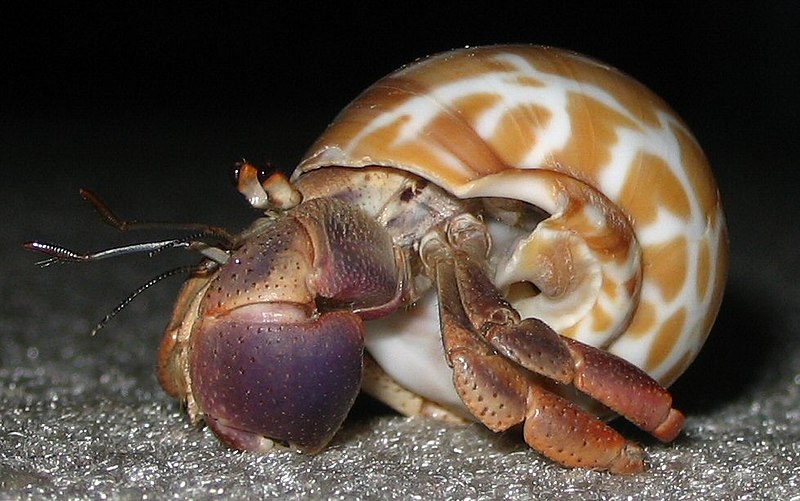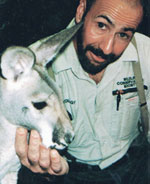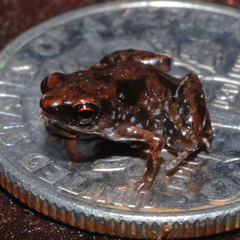Researchers at Tuft’s University and the New England Aquarium have uncovered an amazing example of social behavior among the common pet trade Terrestrial or Land Hermit Crab (Coenobita clypeatus).
Crab Real Estate Markets

Deprived of shells, the crabs will try anything – one researcher described as “pathetic” their attempts to shelter within bottle caps and pen tops!
One Empty Shell Benefits a Colony
Writing in the May-June edition of Behavioral Ecology, biologists describe a Hermit Crab social behavior that has been coined the “Synchronous Vacancy Chain”.
When a crab finds an overly large shell, it waits nearby rather than moving off in search of a better fit. Over a period that may span hours, other crabs gather around the shell and, amazingly, line up in size order (largest to smallest), clinging to one another’s shells. Then, as if a switch were flipped, the largest crab moves into the empty shell, the next largest into the newly vacated shell and so on down the line. In a few minutes, all the crabs have new, slightly larger homes that will better accommodate them as they grow! One empty shell thus benefits many rather than a single crab.
Observing and Caring for Hermit Crabs

Hermit Crabs have, potentially, very long lives…but only if given proper care. Please check out our extensive line of foods, terrariums, heaters, substrates and other Crab Care Products.
Further Reading
To learn more about some of your pet’s lesser known needs, and its fascinating breeding habits, please check out Hermit Crabs: the Need for Salt Water and The Complex Life of a Common Pet.
Hermit Crab image referenced from wikipedia and originally posted by AbsolutDan
 That Reptile Blog – Reptile, Amphibian and Exotic Pet Care and Information
That Reptile Blog – Reptile, Amphibian and Exotic Pet Care and Information



how do hermite crabs die i dont know how they die mine just fell apart in my cousines hand cry, cry, im sad about that feel bad for me.
I WANT TO KNOW HOW THEY DIE PLEASE TELL ME HOW THEY DIE i made a grave and burried myne well my brothers hermit crab. cry, cry SABBASTION. … HAD NO NAME REALLY CUZ MY BRO CHANGED IT BUT DID NOT COME UP WITH A NAME TO NAME IT IN ITS LIFE TIME, I MISS MY BROTHERS BABY AKA MINE!!!!!!!!!!!!!!!!!!!!!!!!!!!!!!!!!!!!!!!!!!!!!!!!!!!!!!!!!!!!!!!!!!!!!!!!!!!!!!!!!!!!!!!!!!!!!!!!!!!!!!!!!!!!!!!!!!!!!!!!!!!!!!!!!!!!!!!!!!!!!!!!!!!!!!!!!!!!!!!!!!!!!!!!!!!!!!!!!!!!!!!!!!!!!!!!!!!!!!!!!!!!!!!!!!!!!!!!!!
Hello Ashlee, Frank Indiviglio here.
I’m sorry to hear your bad news. Unfortunately, we do not know very much about why hermit crabs become ill, or how to cure them. However, there are a few things that can be done to help them to stay in good health while they are alive. If you or your brother get another crab, please write back and we can talk about how to care for it.
Best regards, Frank Indiviglio.
Hi, thanks for your information. I love hermit crabs, I post many lovely hermit crabs on my blog. Welcome to check
it.
http://hermitcrabs.tk
Hello, Frank Indiviglio here.
Thanks for your interest in our blog and glad you enjoyed the info. I look forward to your future comments and enjoyed the photos.
Good luck and enjoy,
Best regards, Frank Indiviglio.